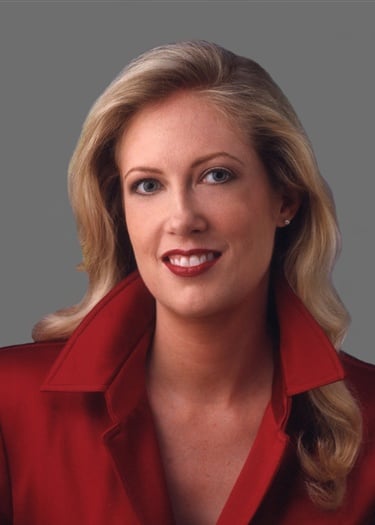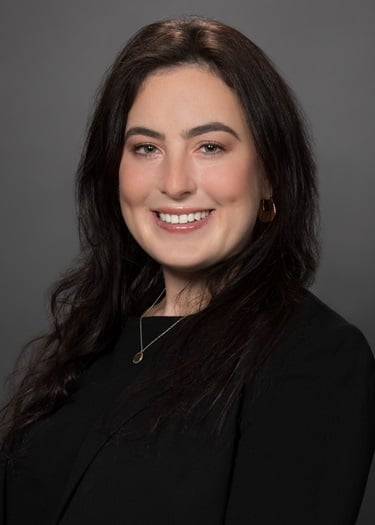Employee Benefits and Executive Compensation Update
U.S. Labor Department Will Permit Self-Correction of Delinquent Contributions and Loan Payments Under Qualified Retirement Plans

On January 14, 2025, the U.S. Department of Labor (DOL) Employee Benefits Security Administration (EBSA) released its final rules regarding changes to its Voluntary Fiduciary Correction Program (VFCP), the first changes to VFCP rules in nearly 20 years. The most significant change is the addition of two new features that permit self-correction of certain delinquent participant contributions and loan repayments involving small-dollar amounts effective March 17, 2025.
Background
VFCP allows plan sponsors to avoid civil penalties and enforcement actions under the Employee Retirement Income Security Act of 1974 if they voluntarily correct certain prohibited transactions using the steps VFCP requires. Up until now, VFCP required plan sponsors to file applications for approval by EBSA to obtain a no-action letter and did not allow for a streamlined self-correction procedure. Given that delinquent participant contributions are the most common problem corrected through the VFCP, these new streamlined self-correction rules will be helpful but only for small-dollar amount delinquencies.
What You Need to Know
The final rules make the following key changes to VFCP:
- Self-Correction for Delinquent Participant Contributions and Loan Repayments
Self-correction may be used for certain delinquent participant contributions and loan repayments involving small-dollar amounts, regardless of the number of participants in the plan or the amount of plan assets, if the plan or plan sponsor is not “under investigation” as defined by VFCP.
- The self-correction feature is available when the total amount of “lost earnings” determined by using the VFCP online calculator is $1,000 or less and the delinquent contributions or loan repayments are remitted within 180 days after they were received or withheld by the employer.
- The self-correcting plan sponsor must file an electronic notice on the EBSA website containing its name, email address, plan name and number, its employer identification number, the principal amount, the amount of lost earnings, the loss date, the date paid to the plan, and the number of participants affected, after which it will receive an automatic EBSA email acknowledging the submission of the notice.
- The plan sponsor must provide to the plan administrator a retention record checklist, sign a penalty of perjury statement, and prepare and collect various documents such as proof of the corrective payments.
- The self-correction feature does not relieve plan sponsors of the requirement to report delinquent participant contributions on the plan’s annual Form 5500 filings.
- There is no limit as to the frequency with which a plan sponsor may use the self-correction feature.
- Unlike a formal correction under VFCP, plan sponsors using the self-correction feature will not receive a no-action letter from EBSA. However, compliance with the self-correction feature will avoid the imposition of civil monetary penalties or an EBSA civil enforcement action against the plan sponsor.
- No VFCP self-correction is available for delinquent matching contributions, but the DOL will allow a late participant contribution self-correction if the delinquent matching contributions are corrected in the same manner as the late participant contributions.
- Expansion of Excise Tax Relief Under Prohibited Transaction Exemption 2002-51
In addition to the final rules, EBSA made corresponding changes to Prohibited Transaction Exemption 2002-51, a class exemption that provides for excise tax relief in connection with certain transactions corrected pursuant to VFCP, and now extends the general excise tax relief available under VFCP to self-correction of delinquent participant contributions and loan repayments, including defaults due to a failure to withhold loan repayments from wages. This 2025 update removed the requirement that applicants cannot have received relief under PTE 2002-51 for a similar transaction within the previous three years.
- Self-Correction for Participant Loan Transactions Corrected Pursuant to the Internal Revenue Service Employee Plans Compliance Resolution System
The final rules permit the use of the self-correction feature to certain “eligible inadvertent participant loan failures” that are eligible for self-correction under the Internal Revenue Service Employee Plans Compliance Resolution System (EPCRS). Unlike with respect to delinquent participant contributions and loan repayments, a plan sponsor may be eligible to correct such loan failure even if the plan or plan sponsor is “under investigation,” provided that the loan failure is eligible for correction under EPCRS.
Attorney Advertising—Sidley Austin LLP is a global law firm. Our addresses and contact information can be found at www.sidley.com/en/locations/offices.
Sidley provides this information as a service to clients and other friends for educational purposes only. It should not be construed or relied on as legal advice or to create a lawyer-client relationship. Readers should not act upon this information without seeking advice from professional advisers. Sidley and Sidley Austin refer to Sidley Austin LLP and affiliated partnerships as explained at www.sidley.com/disclaimer.
© Sidley Austin LLP
Contacts
Offices
Capabilities
Suggested News & Insights
- Stay Up To DateSubscribe to Sidley Publications
- Follow Sidley on Social MediaSocial Media Directory

